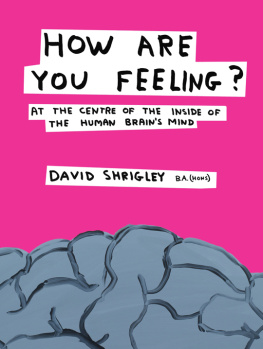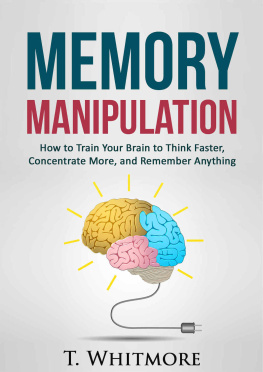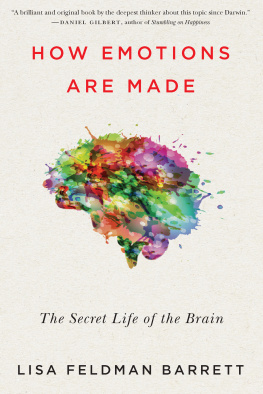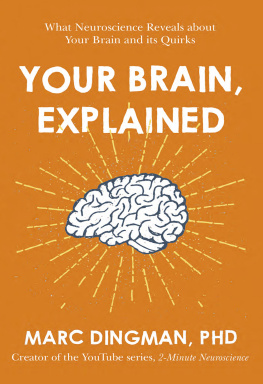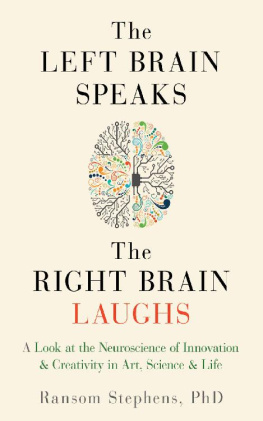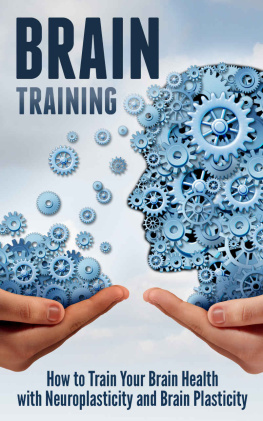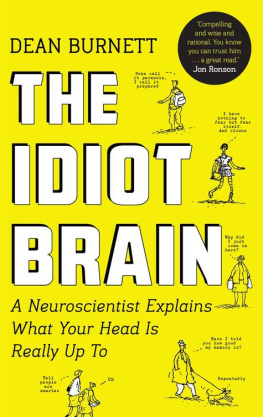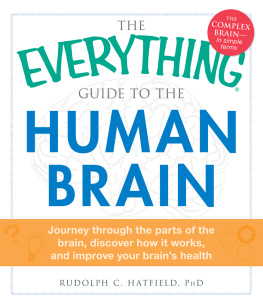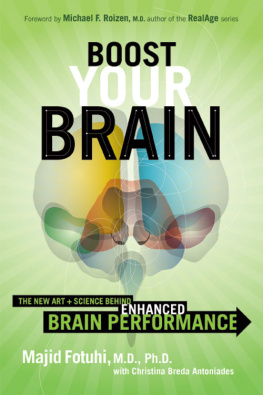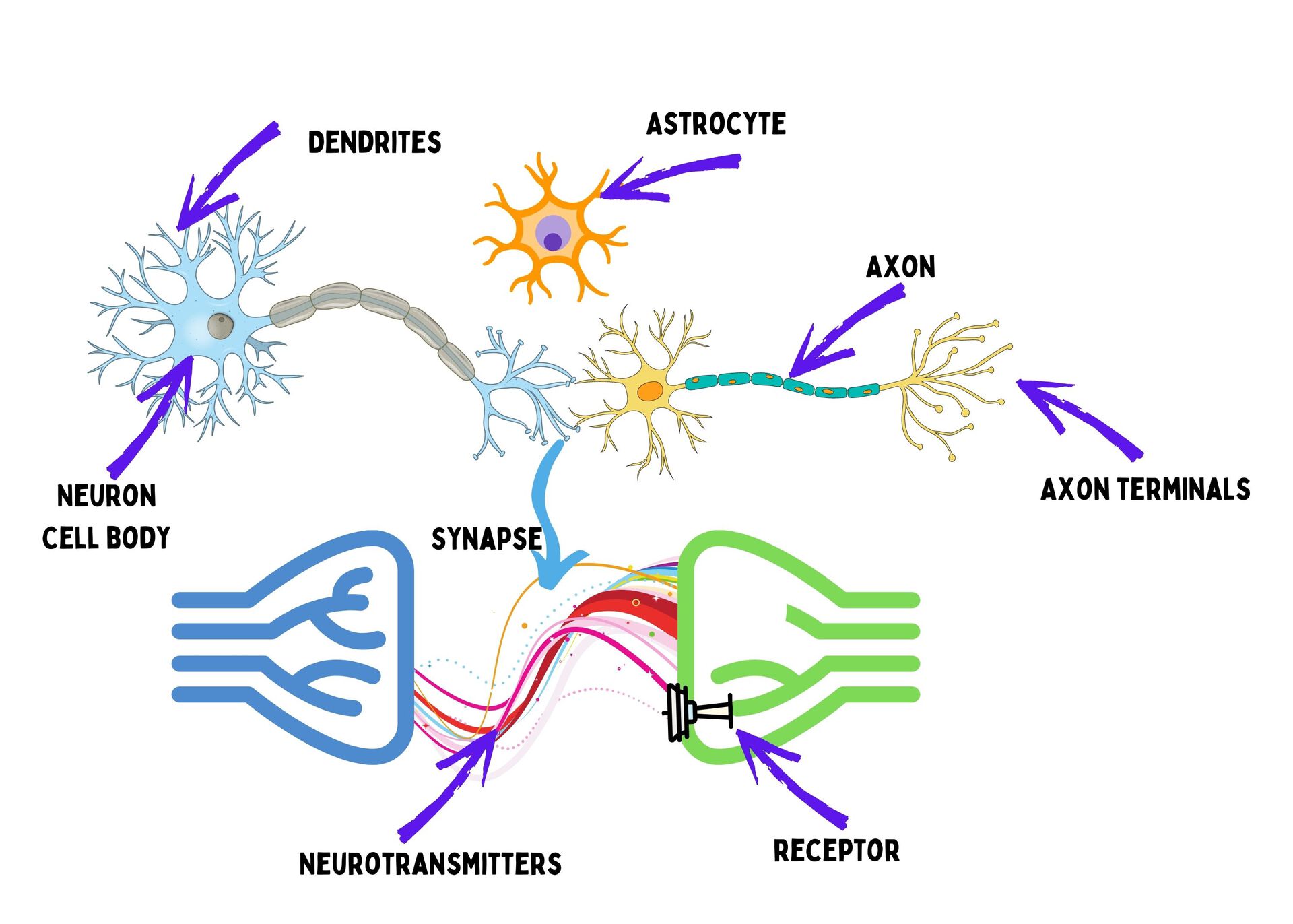A Million Things To Ask A Neuroscientist
The brain made easy
Mike Tranter PhD
Copyright 2021 Mike Tranter The English Scientist
All rights reserved
All rights reserved. No part of this book may be reproduced or used in any manner without written permission of the copyright owner except for the use of quotations in a book review. For more information, contact: neurorevolution@protonmail.com.
Book design by Madeeha Shaikh (DezignManiac)
Edited by Selena Class
www.aNeuroRevolution.com
1 2 3 4 5 6 7 8 9 10
ISBN 978-0-578-86169-2 (paperback)
ISBN-13: 9781234567890
ISBN-10: 1477123456
Library of Congress Control Number: 2018675309
Printed in the United States of America
Contents
Preface
OK, you got me. There isnt actually a million questions in this book, but there is the possibility to ask a million questions. That is what I love so much about science you can always ask something new. Even if you revisit the same old problems, it can be you who discovers something new. That spark, excitement and curiosity, to find the answer for no reason other than because it is there to be discovered, is what makes a great scientist. Simply by picking up this book and challenging yourself to learn about the brain, you have shown that same curiosity. You dont need to be a nerdy scientist in a laboratory like me to find that spark of joy, that excitement for the strange and novel, and the curiosity for answers. That is a fundamental human trait and one that will be given free rein in this book.
I spend most of my life in a laboratory researching how the brain works. I find a tremendous sense of joy in what I do, but the opportunity to talk about the brains inner life with people and why it does the things that it does brings me the greatest joy. This is the first book that I have written, and it has been so much fun to write. Interacting with people from all over the world who are curious about science has filled me with genuine excitement and amazement, which is hopefully demonstrated throughout the following chapters.
When I first decided to write this book, I wanted it to be guided by the ideas that really sparked peoples sense of wonder. So, I asked people worldwide to submit their most interesting questions about the brain questions that they have always wanted to know but never had the opportunity to learn about. I have been surprised and humbled by the amount of support and interest that people have shown. The response surpassed even my highest expectations and allowed me to look at science from a different perspective. To learn what other people find fascinating about the brain, and their interest in neuroscience, would inspire me throughout writing this book.
As I am from England, in the UK, I made my social media name The English Scientist, I know, not very original. Staying true to form, I made sure to use the British spelling of words, partly for British pride, but mostly for the amusement of my American friends and colleagues when they read drafts of this book.
It was a challenging process to narrow down the best questions to include. Some are given their own section, while others are included in the texts body, which allowed me to tailor the content to what you asked for. The responses and enthusiasm were so great that I expanded the book with additional chapters designed to give you an inside peek into other areas of neuroscience, to look at it from the eyes of people actually doing the research a viewpoint that few people outside of the lab really get to see. We will explore how neuroscientists are using our current understanding of the brain to create a new and futuristic world for humanity that could almost be straight out of a science fiction novel. We will lift the lid on the inner workings of the brain and show you what happens when it doesnt work quite the way it should, and also explore how science permeates so many different facets of our life.
The final chapter, written by Jodi Barnard (ne Parslow) is dedicated to women who study and work in STEM (science, technology, engineering and mathematics). It was important for me to add this chapter as I have seen first-hand, with friends and colleagues, some of the challenges women face when establishing themselves in a career as a scientist, not only in research but in all fields. I am incredibly proud and lucky to have this bonus chapter written by Jodi a promising woman in STEM today, as she shares her perspective on how to be an incredible scientist. I hope it encourages and inspires you to keep pushing your limits and to never stop learning.
Thank you again for reading my book and showing your support. Now lets get on with it, because as I always say
science never sleeps!
Introduction
A quick look inside the brain
W hat is our brain? Yes, it is the pink mushy thing inside our head that helps us to communicate, to learn new things, to keep us awake at night worrying about that awkward joke we told a week ago, to well, do almost everything but what exactly is it?
The brain is the control centre of everything that our body does, almost all of which is controlled outside of our conscious mind so we dont even have to think about it. We dont consciously control when we are hungry or tired, or when to change our blood pressure or heart rate, and we certainly dont tell ourselves to feel pain when we stub our toe. The brain does all of that, and considerably more every second of the day, even when we sleep.
The Neuron
Without getting too detailed just yet (I dont want to scare you away), lets talk about what our brain is actually made of. You are probably aware that the brain consists of brain cells, called neurons . These are the cells that send signals (called action potentials ) all over the brain and connect with other brain cells in an extraordinarily complex and ever-changing network. An estimated 88 billion neurons exist in your brain, and each one can have thousands or tens of thousands of endings, which form synapses when connected to other neurons.
Impressed yet? Well, how about when I tell you that some of these neurons can send action potentials at nearly 300 miles per hour? Thats faster than a Formula 1 car! A typical neuron is drawn below and consists of a cell body containing the nucleus (it stores the DNA and dishes out instructions), an axon (the railway the train of signals travels along), dendrites (which are like the smaller railways going to specific places) and the synapse (the mediaeval drawbridge where the railway stops and messages are thrown over the gap). Thats it! Thats all there is to a brain cell, and now you know about one of the most important cells in the body, you are officially a neuroscientist.
The dendrites of the neuron will form connections with others. These connections will result in a synapse where the neurotransmitters are released. The axons can also be coated in myelin to make the electrical signals travel more efficiently.
Neurotransmitters
At the synapse, neurotransmitters are released. These are chemicals that do just as advertised they transmit a signal between neurons. Because the synapse is essentially just a gap between neurons, they need a way to send messages across, and so neurotransmitters are released. When an action potential travels along one neuron it eventually gets to the end, where the signal causes the release of a neurotransmitter. When the second neuron receives it (it binds to specialised receptors that catch the neurotransmitter), the neuron knows to carry on the signal like a relay runner handing over the baton. These signals, which are nothing more than coded electrical messages, will give our brain instructions. This could be to recall a memory, to laugh at a joke or to fall asleep anything really.


